Chile’s long, narrow stretch along South America’s Pacific coast gives it one of the most strategically positioned maritime frontiers in the world. Spanning over 4,000 kilometers of coastline, the country relies heavily on its ports to drive international trade and economic growth. As the world’s leading exporter of copper, Chile sea ports serve as critical arteries for moving mineral resources, agricultural products, seafood, and manufactured goods across global markets.
These ports are more than shipping terminals—they’re economic engines that connect Chile’s industries to Asia, North America, and beyond. In this guide, we explore the major ports that keep Chile’s trade flowing and examine their individual roles in shaping both regional and global logistics.
TL;DR
- Chile has several major ports, with Valparaiso, San Antonio, and Antofagasta being key hubs for international trade.
- Valparaiso is Chile’s largest port and a crucial point for imports and exports to and from the country.
- San Antonio is vital for bulk cargo, while Antofagasta handles mainly copper and mining products.
- The country’s ports are strategically located for efficient shipping routes to Asia, North America, and Europe.
- Chile’s port infrastructure is well-developed, providing essential services for logistics and global trade.
Port of Valparaiso
The Port of Valparaíso is a central pillar of Chile’s international trade network, serving as a crucial entry and exit point for goods across the Pacific. Its proximity to Santiago enhances its value as a logistics hub, enabling efficient transport of goods to and from the capital and surrounding industrial regions. The port supports major sectors like agriculture, mining, and manufacturing by ensuring reliable export routes and timely imports of essential materials.
In recent years, the port has seen significant growth driven by increased demand for both industrial and consumer goods. The surge in steel imports and fresh fruit exports reflects its adaptability in handling a diverse range of cargo. With ongoing expansion projects, the port is gearing up to accommodate rising trade volumes and maintain its competitive edge in South America.
Need expert advice on managing anti-dumping duties?
Contact for freight solutions!Beyond its economic importance, the Port of Valparaíso holds UNESCO World Heritage Site status, adding cultural and historical significance to its modern commercial role. This unique blend of heritage and functionality underscores its standing as a globally recognized maritime hub.
Key Highlights:
- Annual cargo volume: 10+ million tonnes
- January 2025 cargo growth: +35.7% (858,830 tonnes)
- January 2025 container growth: +24.2% (75,200 TEUs)
- Current container capacity: 1 million TEUs/year
- Future goal: Double capacity through expansion
- Location advantage: 120 km from Santiago
Port of San Antonio
The Port of San Antonio contributes heavily to the country’s economy through its wide-ranging cargo operations and strategic location. Its Mediterranean climate ensures smooth port activity throughout the year, minimizing weather-related disruptions and boosting operational efficiency.
San Antonio is also a major player in seafood trading, supporting both domestic supply chains and international exports. Beyond maritime operations, the port is a key employer and economic engine for the region, supporting industries that rely on efficient shipping and logistics.
Its resilience and growth are evident in its post-pandemic recovery, with a marked 11% increase in cargo movement between January and July of a recent year. This recovery reflects the port’s ability to adapt quickly and maintain a steady flow of goods across sectors.
Key Highlights:
- 13th busiest port in South America
- Recognized among the top 10 most important container ports in Latin America and the Caribbean
- Annual container volume: Over 1.6 million TEUs
- Jan–July general cargo (recent year): 14,371,465 tons — 11% increase from 2020
- Handles: Containers, bulk goods, vehicles
- Specialized in: Seafood exports, industrial goods, and automobiles.
With growing cargo volumes and international recognition, the Port of San Antonio continues to strengthen Chile’s trade capabilities and its status on the global shipping map.
Need logistics support for shipping from Chile?
Request a quote from Intoglo!Port of Punta Arenas
Located in the heart of Patagonia and positioned along the Strait of Magellan, the Port of Punta Arenas serves as a vital maritime and logistics hub in southern Chile. Its unique geographic placement offers strategic access to Antarctic routes, making it a launch point for scientific expeditions, fishing operations, and growing tourism flows.
The port plays a multifaceted role in Chile’s economic and cultural landscape. Its status as a free port gives it an advantage in international logistics, attracting trade in goods that transit through the southern corridor. It also supports the region’s petrochemical trade, while drawing visitors with its cultural landmarks and historical significance.
Despite its relatively modest throughput, the port’s infrastructure is designed for higher capacity and broader functionality, making it an adaptable asset for southern maritime development.
Key Highlights:
- Strategic location: On the Strait of Magellan, central to Antarctic and Patagonian maritime routes
- Annual throughput: Approx. 59,080 tonnes, including 3,212 tonnes of general and containerized cargo
- Cargo composition: 33.9% liquid bulk, 5.4% general cargo
- Key terminals:
- Muelle Arturo Prat – Capacity: up to 700,000 tonnes/year
- Muelle Laredo
- Terminal Pecket
- Role: Supports petrochemical trade, fishing, Antarctic expeditions, and tourism
- Free port status enhances its logistics and trade operations
With its strategic positioning and diverse functionality, the Port of Punta Arenas continues to serve as a southern anchor for Chile’s maritime ambitions—balancing trade, science, and tourism at the edge of the world.
Looking to optimize your port-to-port shipments?
Contact Intoglo!Port of Iquique
Situated on Chile’s northern coast, the Port of Iquique holds strategic importance in regional and international trade. Its tax-free status and historical relevance as a longstanding maritime hub enhance its role in connecting northern Chile to global markets. Beyond commerce, the port supports local fishing industries, with nearby factories producing fish meal, canned, and frozen seafood for domestic and export markets.
The port is essential to mining, manufacturing, and petroleum-related industries, handling a wide range of cargo types. Backed by expansion plans and terminal upgrades, Iquique is actively evolving to meet growing commercial demands while maintaining efficient vessel turnover and cargo handling.
Key Highlights:
- Annual throughput: 1,350,000 tonnes of cargo
- Vessels handled annually: Around 570
- Cargo types include:
- Containers
- Machinery, iron, and explosives
- Petroleum products, vegetable and soya oils
- Copper concentrates, slag, ores
- Paper, sacks, general cargo
- Seafood products (frozen, canned, fish meal)
- Port infrastructure:
- 7 berths (Berths 1–3: multi-operator; 4–7: mono-operator at Iquique International Terminal)
- 2 offshore oil terminals
- Economic impact: Key driver for mining and manufacturing sectors in the region
With its multi-sector functionality and ambitious development plans, the Port of Iquique continues to anchor trade in northern Chile, supporting both industrial growth and international commerce.
Need help with customs clearance at Chile’s ports?
Contact for expert support!Port of Arica
Port of Arica is situated near the Peruvian border and the edge of the Atacama Desert. It serves as a strategic commercial hub in northern Chile. Its location offers critical logistical advantages—not only for domestic operations but also for landlocked Bolivia, which relies on Arica for the majority of its import and export activities under the Bolivia–Chile Treaty of 1904.
Arica’s rich cultural heritage and its growing role in agricultural exports—notably citrus fruits and olives—position it as both a commercial and cultural touchpoint. The port’s infrastructure is already optimized for mixed cargo handling, and with major investments underway, it is gearing up for a substantial transformation.
Driven by a $4.5 billion megaport project, Arica is preparing to scale its operations massively, positioning itself as a future-forward logistics hub in South America with ambitions to attract trade from across the Pacific.
Key Highlights:
- Annual cargo throughput: 6 million tonnes
- Planned expansion goal: 100 million tonnes under proposed megaport project
- Container throughput: No official figure, but capacity expansion in focus
- Berthing infrastructure:
- Operates under mono-operator scheme
- 2 berthing fronts and 7 operational sites
- Transfer capacity: 3,956,000 tonnes
- Berth depth: 10 meters, with no vessel size restrictions
- Key exports: Citrus fruits and olives
- Expansion efforts: $4.5 billion investment to develop a high-capacity megaport
- Geographic advantage: Close to Peru and key inland trade corridors through the Atacama Desert.
Sick of missing invoices and other data in QuickBooks?
Simplify Your Export Journey with Intoglo
If you’re an exporter navigating international shipping through Chile’s major seaports—or planning a multi-country route that starts in India and ends in the USA—Intoglo can make the process effortless.
Intoglo is your all-in-one logistics partner, offering end-to-end FCL shipping and customs clearance solutions with full visibility and reliability. From origin pickup across India within 24 hours to direct trucking and last-mile delivery in the USA, Intoglo ensures that your cargo moves smoothly, quickly, and without hidden complications.
Why Exporters Trust Intoglo:
- PAN India pickups within 24 hours
- Origin & destination customs clearance handled seamlessly
- Own CFS space at major Indian ports
- Strong ties with leading shipping lines for competitive ocean freight
- Direct U.S. trucking network for faster last-mile delivery
- Next-gen warehousing and logistics infrastructure
- End-to-end shipment tracking from pickup to delivery
- AI-powered HTS code scanner—just snap a photo to get the HS code instantly
Whether you’re shipping copper, fresh produce, or finished goods, Intoglo connects your cargo to global markets with speed, transparency, and precision.
Ready to streamline your export logistics process?
Contact Intoglo to get started!Conclusion
Chile’s major ports play a pivotal role in connecting South America to the global economy. From Valparaíso’s bustling container operations to Punta Arenas’ gateway to Antarctica, each port supports vital industries like mining, agriculture, and seafood. As trade demands grow, these ports continue to expand and modernize, offering exporters new opportunities across continents.
For businesses exporting from India to the USA, Intoglo simplifies the journey with door-to-door logistics. Get real-time tracking, reliable ocean freight, and fast last-mile delivery.
FAQs
- What are the major ports in Chile?
The major ports in Chile include Valparaiso, San Antonio, and Antofagasta, each serving different types of cargo.
- Why is Valparaiso important for Chile’s economy?
Valparaiso is Chile’s largest port, handling a significant portion of the country’s imports and exports.
- Which industries use Chile’s ports the most?
Chile’s ports are heavily used by the mining industry, especially for copper exports, along with bulk goods and containers.
- How do Chile’s ports contribute to global trade?
Chile’s ports connect key international markets, including Asia, North America, and Europe, facilitating seamless global trade.


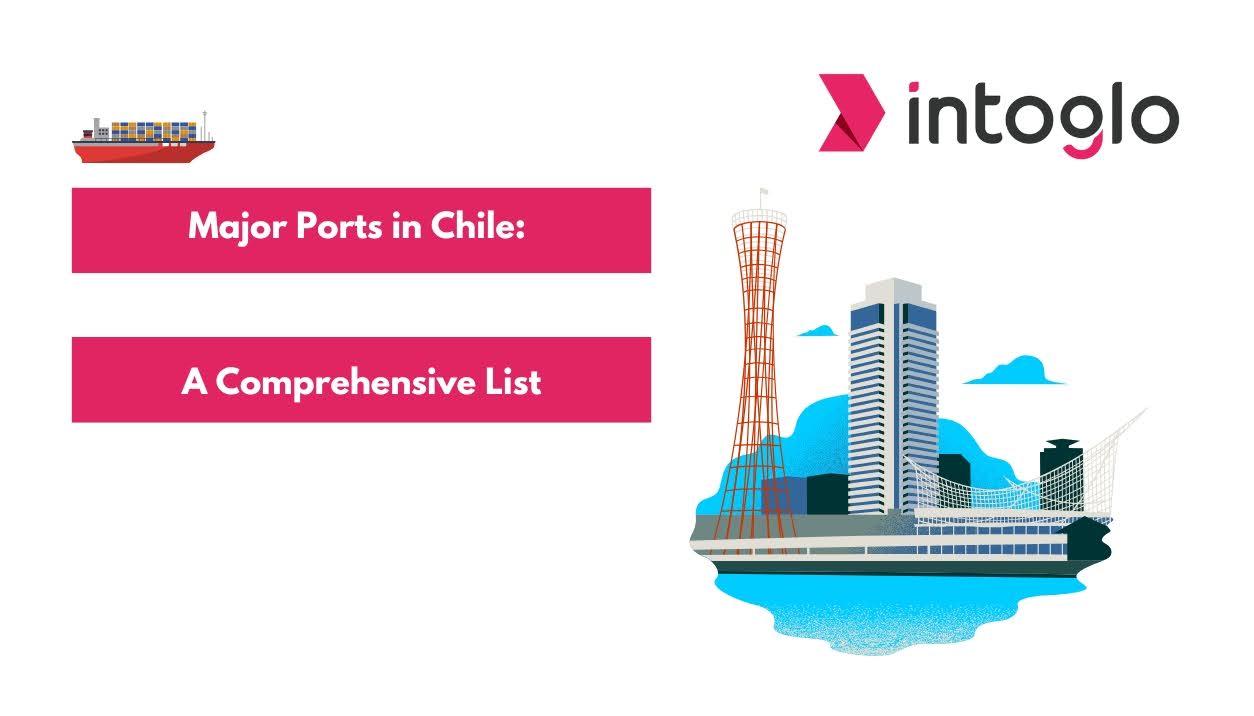

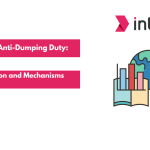
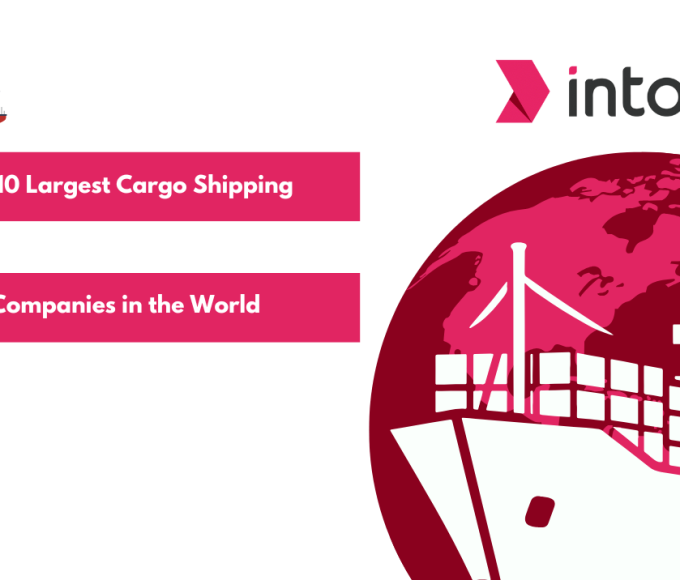
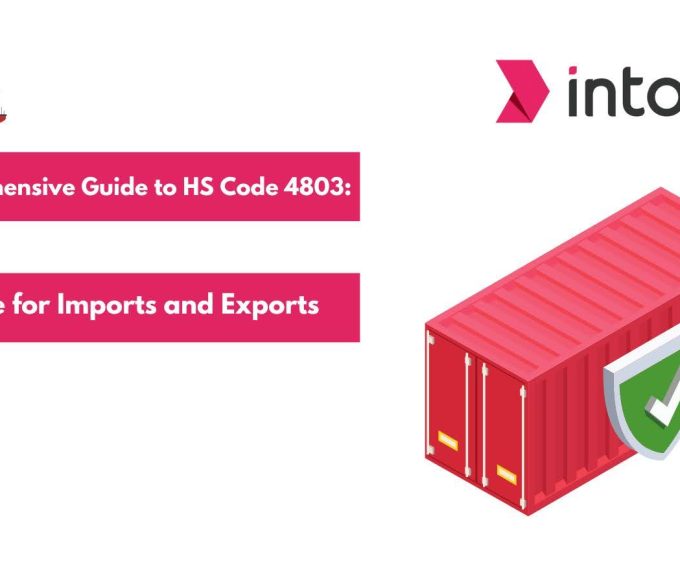

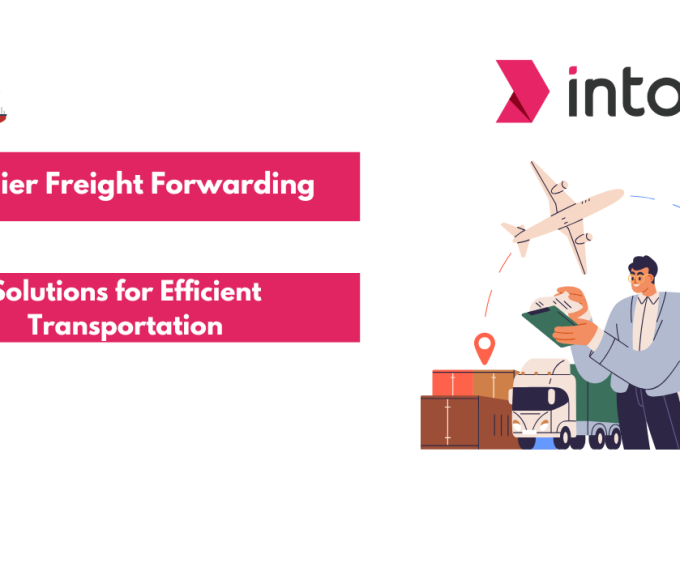
Leave a comment